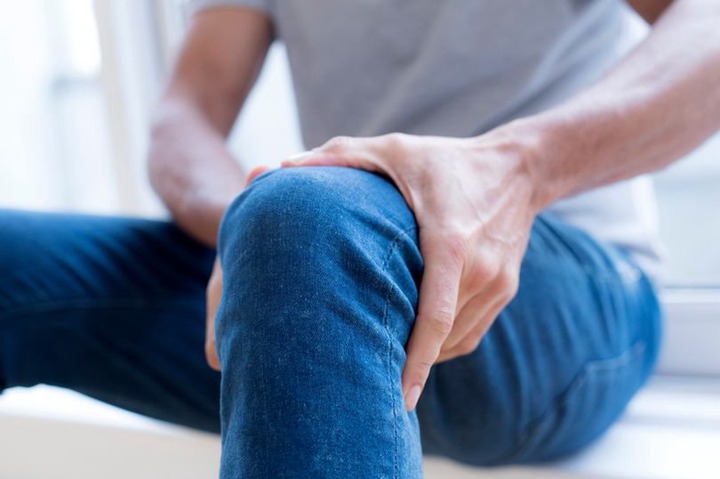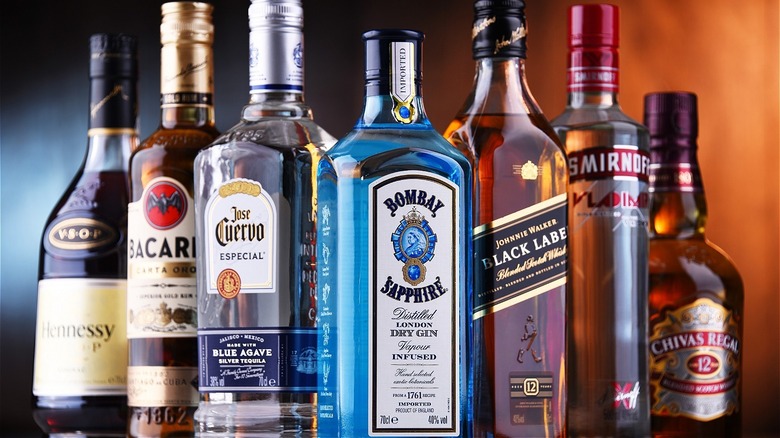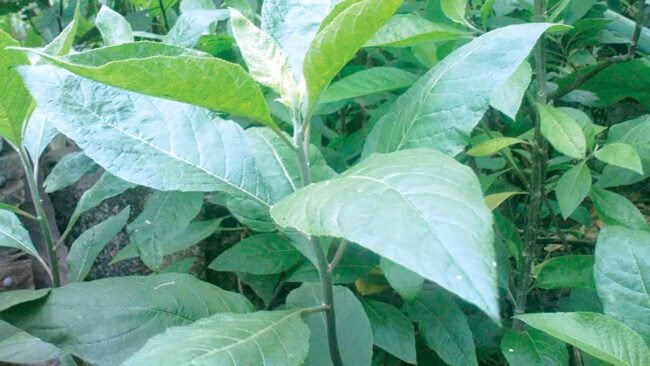
For those who don’t have the time (or desire) to cook, it’s a game-changer, swiftly warming up leftovers and transforming fresh ingredients into satisfying meals. Still, concerns about nutrient loss persist, with some worrying that essential vitamins and minerals are being zapped away, leaving food unhealthy. So, is microwave cooking really that bad for your health? We asked experts to get to the bottom of the debate.
First, you should understand how microwaves work.
Microwaves heat food by using electromagnetic waves that cause water molecules in the food to vibrate.
“Water molecules are a bit like tiny magnets — they have a positive and a negative side,” explained registered sports nutritionist and dietitian Krutika Nanavati, referring to the dipole rotation mechanism.
When the microwave oven is running, it sends waves that switch direction millions of times per second. In response, the water molecules try to align with the changing waves but end up spinning and colliding with each other at incredibly high speeds. “This constant movement creates friction, and that’s what generates heat. Microwaves only penetrate about an inch or so into the food. The rest of the heating happens because that initial heat spreads throughout the food by conduction,” Nanavati explained.
Does microwaving food destroy its nutrients?
All cooking methods, whether baking, boiling, frying or microwaving, result in some nutrient loss, particularly when temperatures exceed 140°F, explained Adrian Hernandez, a registered dietitian nutritionist and certified gastrointestinal nutritionist. The degree of nutrient loss varies based on several factors, including cooking time, heat intensity and the quality of the food.
Compared to other cooking methods, microwaving often does a better job of retaining essential vitamins and minerals.
“With microwaving, food cooks quickly and it often uses little to no water, meaning more of the good stuff stays in your meal,” Nanavati said. This is especially beneficial for preserving heat-sensitive and water-soluble vitamins like B and C, which tend to break down under prolonged heat. For instance, boiling carrots can cause a significant portion of these vitamins to leach into the water, but when microwaving, more of these vitamins can be preserved since they’re not lost to the cooking liquid.
“Some nutrients actually become more available after microwaving,” Nanavati pointed out. Heating carrots or tomatoes in the microwave enhances the bioavailability of carotenoids, a heart-healthy antioxidant, by breaking down their cell walls, which makes them easier for your body to absorb. “Leafy greens like spinach also retain more of their vitamin K when microwaved compared to boiling. And minerals like calcium, iron and zinc? They’re hardly affected at all by microwaving, so it’s a great option if you’re looking to retain those,” Nanavati said.
“With microwaving, food cooks quickly and it often uses little to no water, meaning more of the good stuff stays in your meal,” said registered sports nutritionist and dietitian Krutika Nanavati.
To help maintain the quality of your food and its nutrient value when heating in the microwave, Hernandez suggests using a higher temperature for a shorter time. “If I steam, boil, bake or microwave something like broccoli or green beans for a shorter period at high heat and then remove them, they’ll still maintain their crunch and firmness. If I cook them for a longer time, they will wilt, fall apart and become mushy. This end-quality result is an easy way to understand the level of nutrient depletion.” Also, because microwaving doesn’t require added fats or oils for cooking, it can make for a healthier option.
Is it safe to reheat leftovers multiple times?
Though experts agree that leftovers are safe to reheat in the microwave, it’s important to note that, as with any cooking method, overcooking can still cause nutrient loss, especially with heat-sensitive vitamins like C and B.
“Food texture can also be altered, as repeat microwave cooking can cause foods to become tough, such as meats, or soggy, like carbohydrates,” explained Brittany Werner, a director of coaching and registered dietitian nutritionist. “Lastly, each time we reheat food, the flavor starts to break down and can leave the food tasting bland.”
Hernandez adds that high-temperature cooking processes can trigger the formation of certain compounds. “Overcooking and browning foods can also cause an increase in heterocyclic amines, aromatic hydrocarbons and advanced glycation end products, which have been linked to increases in inflammation.”
For greater efficiency, Hernandez suggests only reheating the portion you need. He also emphasizes the importance of following the 72-hour rule for leftovers to reduce the risk of foodborne illness since bacteria can still multiply over time, even in the refrigerator. “That means the soup or rice you’ve been holding onto all week isn’t the best idea. If you plan to keep leftovers for more than 72 hours, I recommend freezing them in an airtight container immediately after cooking to preserve them for longer.”
Can you cook entire meals in the microwave?
For busy individuals juggling work, school, kids and everything in between, the microwave can be a real lifesaver, with endless possibilities for cooking meals from scratch.
Hernandez suggests going for dishes like steamed or cooked vegetables, pasta, soups, omelets, tacos, meatloaf, casseroles and common breakfast porridge — meals that don’t require much time to develop flavor, tenderize or cook. “Beans, for example, [are] not a good idea unless canned because they need time to soak and then take hours to cook at a medium to low temp before they’re ready to eat.”
What to be mindful of when microwave cooking.
“The biggest [thing] to be aware of is plastics,” said Hernandez, referring to the type of cookware you should avoid using in the microwave. “I recommend heating or cooking with food-grade ceramics or glass to avoid plastic leaching into foods.”
Hernandez also cautions against microwaving takeout containers, whether Styrofoam, plastic or even paper ones, as they often contain a thin plastic coating to keep liquids and oils from seeping through.
To prevent splattering and lock in moisture — which is essential for both flavor and nutrition — Hernandez suggests using a paper towel instead of plastic lids when covering food.
Your Support Has Never Been More Critical
Other news outlets have retreated behind paywalls. At HuffPost, we believe journalism should be free for everyone.
Can’t afford to contribute? Support HuffPost by creating a free account and log in while you read.
You’ve supported HuffPost before, and we’ll be honest — we could use your help again. We view our mission to provide free, fair news as critically important in this crucial moment, and we can’t do it without you.
Whether you give once or many more times, we appreciate your contribution to keeping our journalism free for all.
You’ve supported HuffPost before, and we’ll be honest — we could use your help again. We view our mission to provide free, fair news as critically important in this crucial moment, and we can’t do it without you.
Whether you give just one more time or sign up again to contribute regularly, we appreciate you playing a part in keeping our journalism free for all.
Werner adds that spreading food out as much as possible and using the largest microwave-safe dish available can promote more even heating. Stir and reposition food halfway through to further help eliminate cold spots.
“There are a lot of benefits to microwave heating due to its quick and relatively simple way to prepare meals. There are several considerations, however, when it comes to what you’re cooking or reheating food in, how long, and what temperature it is before deeming it ready to eat,” Hernandez said.
Source: huffpost.com




